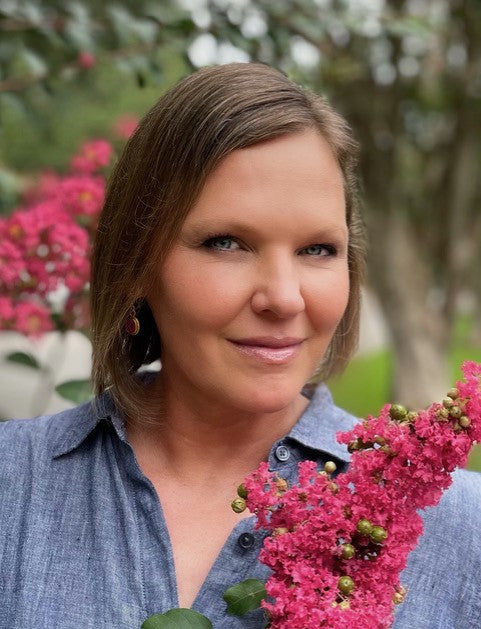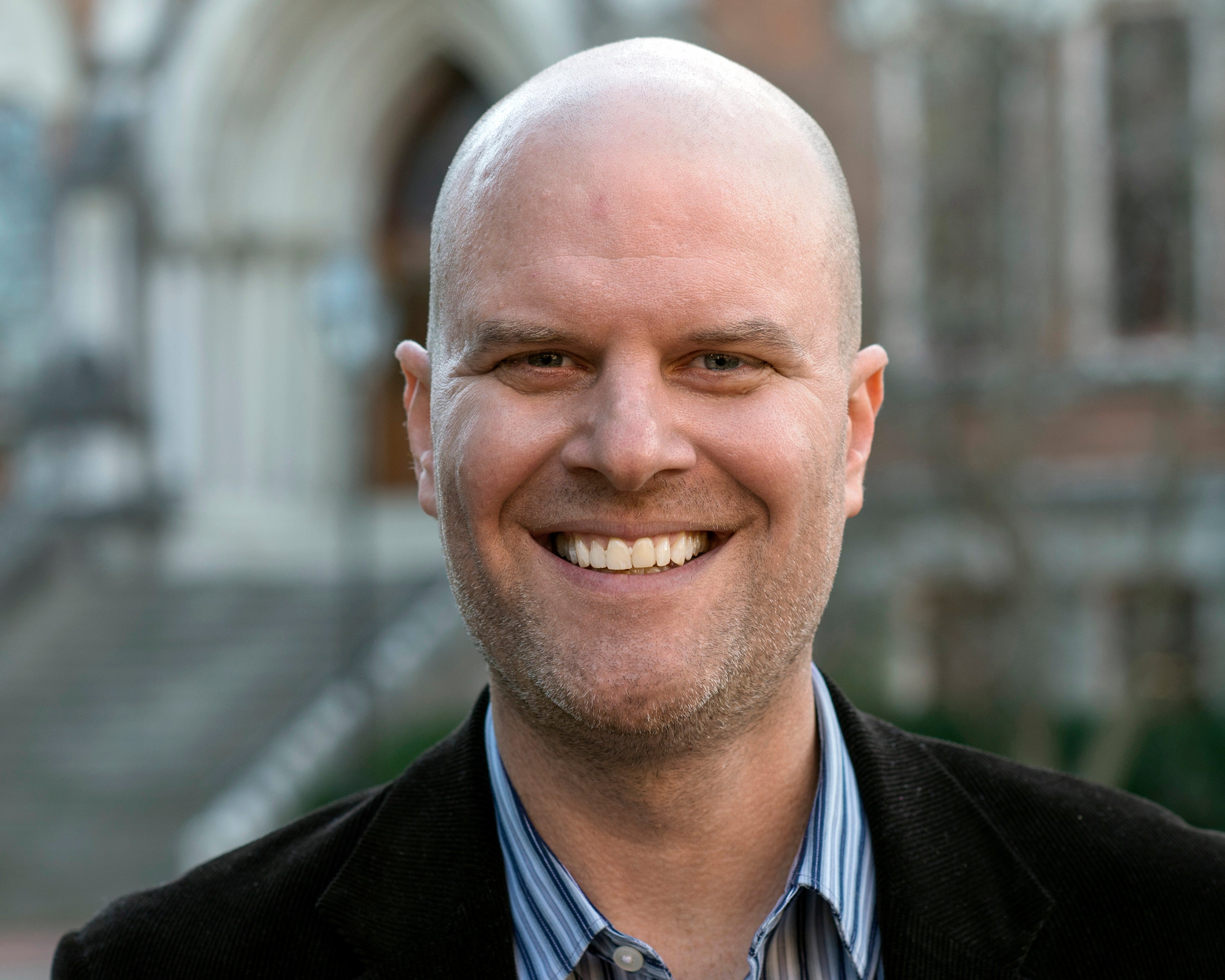Book: Diversity Inc.
Photos by Joe Henson
Author: Pamela Newkirk
Author Bio:
1. What made you want to write “Diversity Inc.: The Failed Promise of a Billion-Dollar Business"? When did you first become intrigued by diversity in major companies?
After decades of reading and hearing about high-profile diversity pledges and initiatives, I wanted to interrogate the tension between the rhetoric and the billions of dollars expended on diversity each year, and the lack of progress.
I first began researching and writing about diversity in the news industry more than two decades ago which culminated in my first book Within the Veil: Black Journalists, White Media.
2. Are you satisfied with our progression as a society, in regards to being more inclusive?
While our society is more diverse and inclusive, many of our workplaces fail to reflect the diversity of the population. People of color comprise roughly 40 percent of the national population but are radically underrepresented in most influential fields including higher education, Hollywood, fashion, publishing, and law.
3. What is a key indicator of an upward mobility block? Is it solely based on hiring?
The reasons are manifold. Our social worlds are largely segregated which results in monochromatic workplaces. People generally hire who they know or who is recommended by friends so people of color are typically excluded from these social networks. People of color are also less likely to be mentored or promoted for many of the same reasons.
4. What was the most mind-blowing statistic you found out about diversity in corporate America while researching and writing this book?
Actually, one of the most surprising findings is that corporate America is far more diverse than many of the professional realms that are considered far more progressive, including the film industry, fashion. journalism, and higher education. The purportedly progressive fields are among the least diverse.
5. From your discoveries, were there any statistics that gave you hope about diversity improving in the workplace?
What gives me hope is the existence of models that have borne fruit and are replicable.
6. In your specific working field (journalism), how has diversity improved since you started and how has it stayed the same?
The number and percentage of African American journalists is about the same – or is a little less – than when I entered the field more than three decades ago. The same is true for higher ed.
African Americans are roughly five percent of journalists at daily newspapers and university professors (and that includes professors at historically black colleges and universities). The numbers have barely budged in decades.
7. What do you specifically mean when you say, “we need to commit ourselves to combatting enduring racial attitudes?” How do we go about this?
For years the leading men of science in places like Princeton and Harvard claimed that Africans were intellectually inferior to Europeans and were the least “civilized” on the ladder of human progress. This ideology was used to justify everything from slavery to the plunder of Africa and the continued debasement of African people and their descendants.
That ideology is one that continues to influence racial attitudes and everything from the ways in which African descendants are portrayed in the media to how they are treated by the criminal justice system. These attitudes are deeply embedded in the American psyche and combating them will take a serious intervention by art makers, educators, government officials and others in spheres of influence.
This carefully constructed ideology must be dismantled with the same degree of intention that was used to create it. This will require the kind of racial literacy now lacking in most school curricula. Many fail to understand how history continues to inform current-day racial attitudes and disparities.
8. The National Football League (NFL) has recently garnered criticism pertaining to their lack of diversity coaching and upper management hires. If you could lend the league some advice about the hiring process going forward, what would it be?
The NFL has already adopted The Rooney Rule which was created to address the glaring lack of African American coaches and front-office staff in a league in which some 70 percent of the players are African American. The rule requires the inclusion of diverse candidates in the applicant pool for front office and coaching jobs. Since the adoption of the rule, the number of coaches of color had at one point been eight – or 25 percent -- but has since dropped to two. The league has the strategy. It now only needs the will.
9. Why is it beneficial to have diverse work environments?
Studies consistently show that diverse environments result in greater innovation and effective problem-solving strategies.
E pluribus unum – out of many, one – is also our nation’s motto and therefore a national ideal that we have thus far failed to honor.
10. Were the best environments you worked in also the most diverse?
Yes, because it’s more dynamic and allows for different worldviews to compete while uncovering blind spots that we all have. Being the ‘only’ in an organization is not only isolating and unnatural but also fuels the perception that the one person represents diversity and that institutions lack diversity because excellent diverse candidates cannot be found.
11. In your research, did you find that a lack of diversity was directly attributed to inherent racism or flat out prejudice?
Not necessarily. As noted above, we live in a segregated society so the lack of diversity is often a manifestation of our segregated social spheres which are reflected in monochromatic workplaces. People hire who they know or who their friends know.
People of color are often not included in these social networks. Compounding this, of course, are deeply entrenched perceptions about what excellence and elite workforces look like. Many assume that whites occupy the majority of elite jobs because they are the most qualified.
The flip side is that people of color – particularly Blacks and Hispanics – are often assumed to be less qualified. These attitudes are the result of centuries of demeaning depictions of people of color in the academy and in popular culture.
12. Why is racism, prejudice, and bigotry still as relevant as it is in 2020?
It goes back to a carefully constructed ideology based on purported racial hierarchies that were legitimized by the academy early in our nation’s history. Little has been done to effectively dismantle this ideology.
13. What was the best book you read so far in 2020?
Novels: Deacon Kong by James McBride and My Mother’s House, by Francesca Momplaisir. Both are set to be published this spring. For non-fiction, I loved Survival Math by Mitchell S. Jackson.
14. What’s your best advice for getting over writer’s block?
I’m a journalist so I don’t believe in it. We don’t have that luxury. Put something on the page, even if it’s less than ideal.
Places To Find More From This Author:
Instagram: @ptnewkirk
Twitter: @ptnewkirk
Facebook: Pamela Newkirk
Website: www.pamelanewkirk.net
Get Your Copy of Diversity, Inc. Today!














